How to Wear Hanfu Respectfully: Honoring Chinese Cultural Heritage
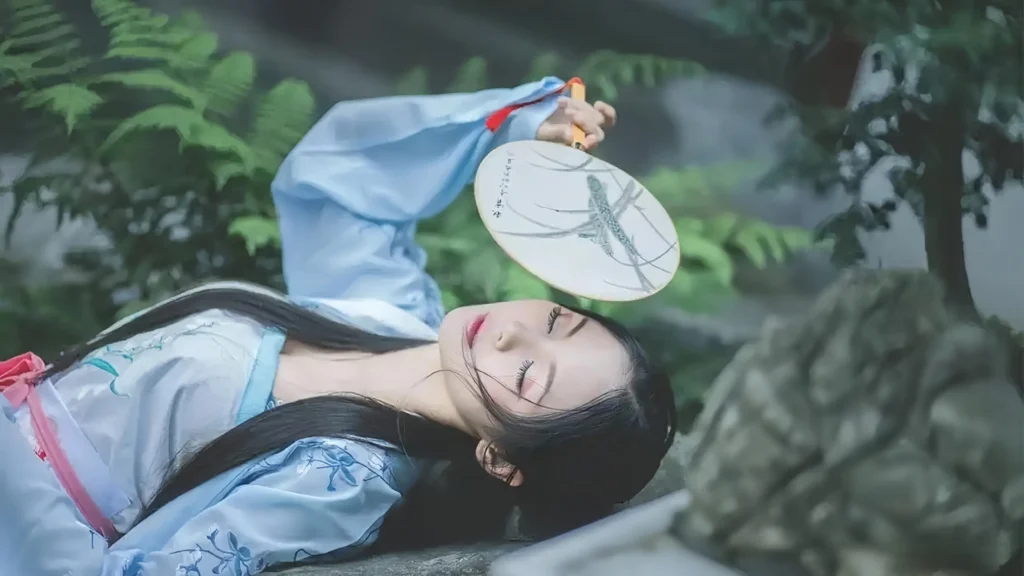
Hanfu, the traditional clothing of China’s Han people, captivates with its elegant designs and deep cultural roots. As hanfu grows in global popularity, understanding hanfu cultural appreciation is essential to wear it respectfully, especially for non-Chinese individuals. This guide shares five practical tips to honor Chinese traditional clothing while fostering meaningful cross-cultural connections. By approaching hanfu thoughtfully, you can celebrate its beauty without risking cultural appropriation.
What Is Hanfu Cultural Appreciation?
Hanfu cultural appreciation involves engaging with Chinese traditional clothing respectfully to deepen your understanding of its heritage. Unlike appropriation, which uses cultural elements without context or respect, appreciation involves learning, acknowledging origins, and engaging in mutual exchange. According to Smithsonian’s Center for Folklife and Cultural Heritage, cultural appreciation builds bridges through shared understanding, while appropriation often trivializes sacred traditions. To wear hanfu respectfully, you must prioritize education and sensitivity.
Cultural appreciation involves engaging with another culture’s traditions respectfully to deepen understanding. Wearing hanfu can be a meaningful act of exchange when approached with care, unlike appropriation, which takes cultural elements without context, permission, or credit, often trivializing their significance.
To appreciate hanfu respectfully, consider:
- Learning its historical and cultural roots.
- Wearing it in appropriate contexts.
- Representing it accurately, avoiding stereotypes.
- Acknowledging its Chinese origins.
- Engaging in mutual cultural sharing.
With mindfulness, wearing hanfu can bridge cultures, provided it’s done with deference, not entitlement.
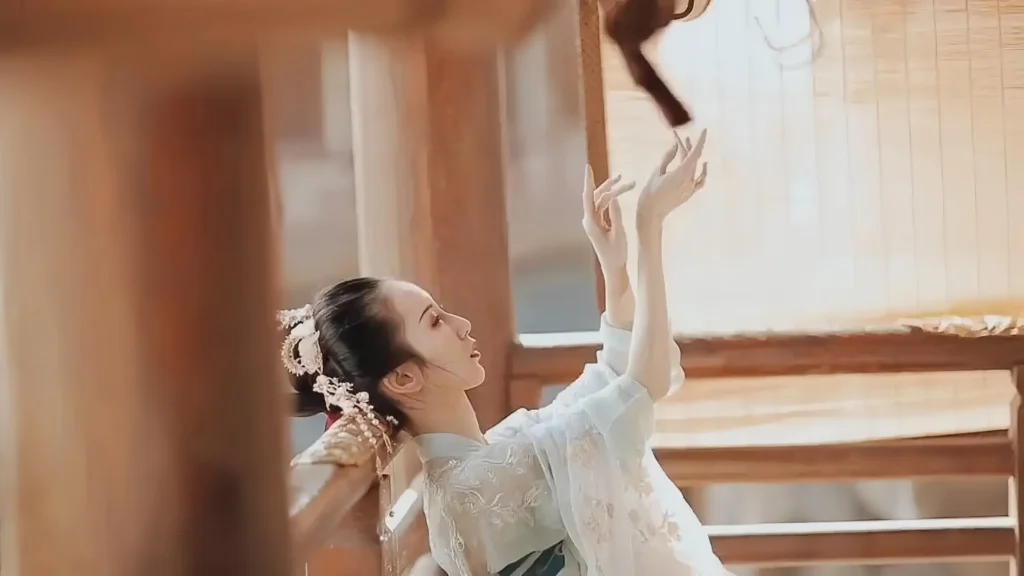
The Cultural Significance of Hanfu
Hanfu is more than a garment; it’s a symbol of Chinese heritage with profound meaning:
- Spanning over 3,000 years, hanfu reflects China’s history, craftsmanship, and Confucian values of virtue and harmony.
- Its designs—cross-collared robes, wide sleeves, and layered skirts—feature luxurious fabrics and motifs like clouds or peonies, symbolizing elegance and status.
- Colors carry meaning, such as red for celebrations or white for mourning, with specific styles tied to occasions like weddings or festivals.
- For Chinese communities, hanfu expresses cultural pride and connection to ancestral traditions.
- Modern hanfu enthusiasts, especially youth, find community and creativity in its timeless aesthetic.
Given these layers of significance, wearing hanfu requires thoughtfulness to honor its cultural weight beyond its visual appeal.
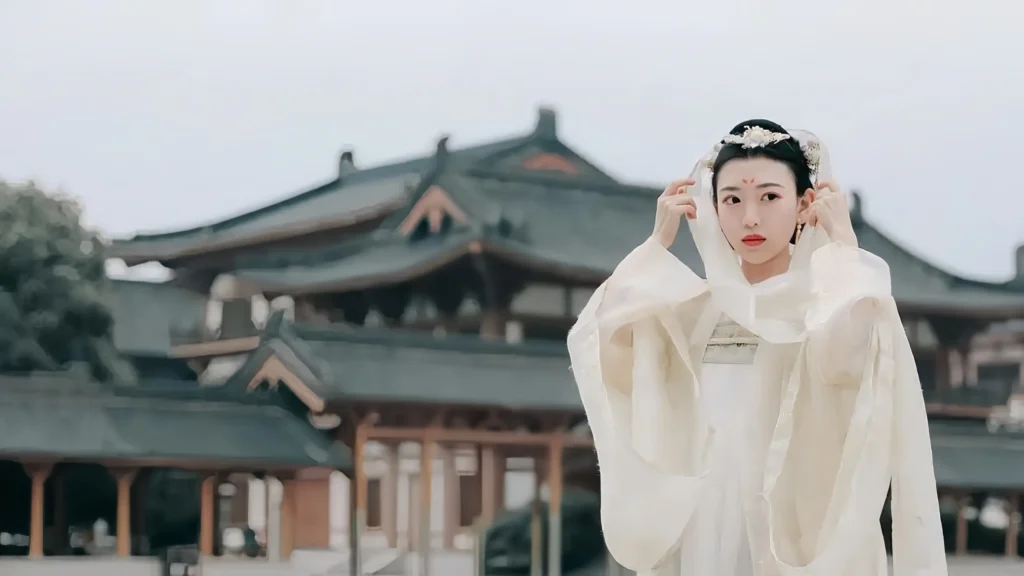
When Is Wearing Hanfu Appropriate?
Context matters when wearing hanfu respectfully. Here are suitable settings for non-Chinese individuals to engage with hanfu culture:
- Educational events: Museum exhibits, cultural workshops, or classes about Chinese history. Trying hanfu while learning its background fosters understanding.
- Cultural festivals: Multicultural events where attendees share traditional dress and exchange knowledge consensually.
- Formal invitations: Chinese ceremonies or gatherings where hosts offer hanfu as part of cultural sharing.
- Tourist experiences: Designated sites in China, like hanfu rental studios, where visitors wear hanfu for photos with cultural guidance.
- Creative projects: Theater, fashion shows, or photography shoots that portray hanfu accurately and respectfully.
Avoid wearing hanfu casually in everyday public settings or as a costume without context, as this risks misrepresentation and appropriation.
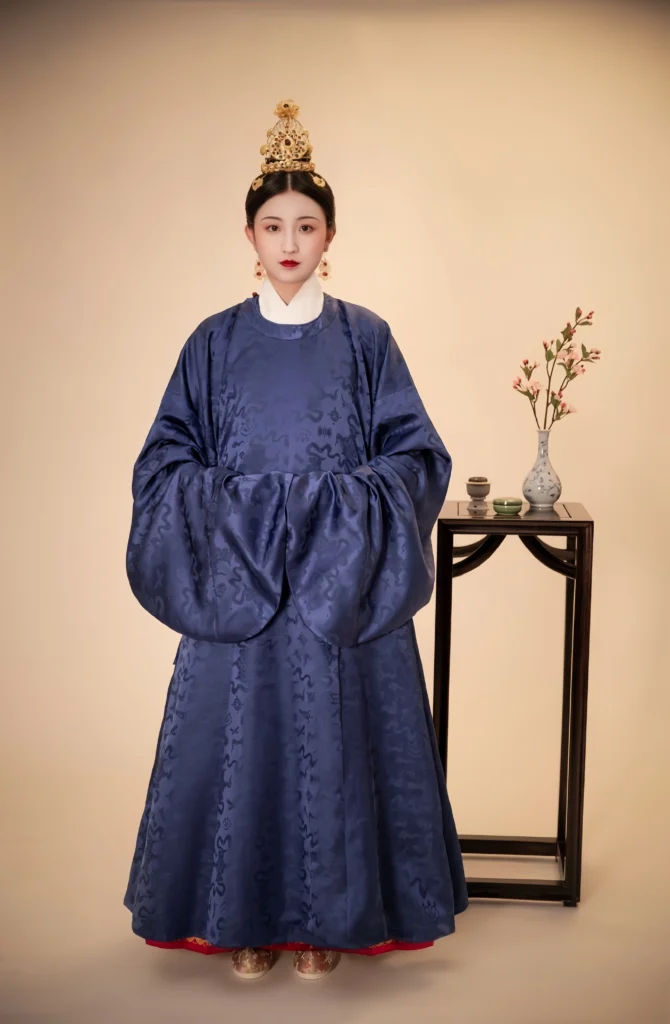
How to Wear Hanfu Respectfully
If you have the chance to wear hanfu, follow these guidelines to honor its traditions:
- Seek expert guidance: Consult Chinese hanfu practitioners for advice on selecting garments, layering, and styling. Their expertise ensures cultural accuracy.
- Choose appropriate styles: Opt for simpler designs, like Song-style ruqun or Ming-style aoqun, and avoid imperial or ceremonial pieces reserved for specific roles.
- Respect traditional aesthetics: Avoid modernized or sexualized versions that deviate from hanfu’s elegant conventions.
- Portray accurately: Don’t mix hanfu with other cultural garments or alter its structure arbitrarily.
- Mindful photography: Work with hanfu experts to avoid poses or settings that caricature its dignified aesthetic.
- Acknowledge origins: If asked about the garment, explain its Chinese heritage and your learning journey. Never claim it as your own culture.
- Engage in exchange: Share your own cultural traditions when invited to try hanfu, fostering mutual respect.
- Express gratitude: Thank Chinese hosts for sharing their heritage and show interest in learning more about hanfu culture.
Can Foreigners Wear Hanfu Respectfully?
Yes, non-Chinese individuals can wear hanfu respectfully if they approach it as an act of cultural appreciation, not adoption. This requires wearing it in suitable contexts, seeking guidance, and honoring its significance. Casual or uninformed use, however, risks disrespect.
When done thoughtfully, wearing hanfu can strengthen cultural ties. It demands ongoing dialogue, sensitivity, and a commitment to learning, rather than commercial exploitation or exoticism.
Building Cultural Bridges Through Hanfu
Wearing hanfu respectfully is an opportunity to celebrate Chinese culture while fostering inclusion. By understanding its history, choosing appropriate settings, and engaging with care, you can honor this cherished tradition. Thoughtful cultural exchange creates connection, while careless use risks division. Let’s approach hanfu with open hearts and respectful minds.
Why Hanfu Holds Deep Cultural Significance
Hanfu is more than fashion—it’s a symbol of hanfu heritage spanning over 3,000 years. Its cross-collared robes, flowing sleeves, and intricate embroidery reflect China’s history, Confucian values, and craftsmanship. Colors like red for joy or white for mourning carry specific meanings, and designs often feature symbolic motifs like peonies for prosperity. For many Chinese, wearing hanfu expresses pride and connection to ancestral traditions. Modern enthusiasts, especially younger generations, embrace it as a creative outlet, as noted in a BBC article on hanfu’s revival. Respecting this depth is key to hanfu cultural appreciation.
Learn more about Hanfu’s origins and its cultural significance across different dynasties.




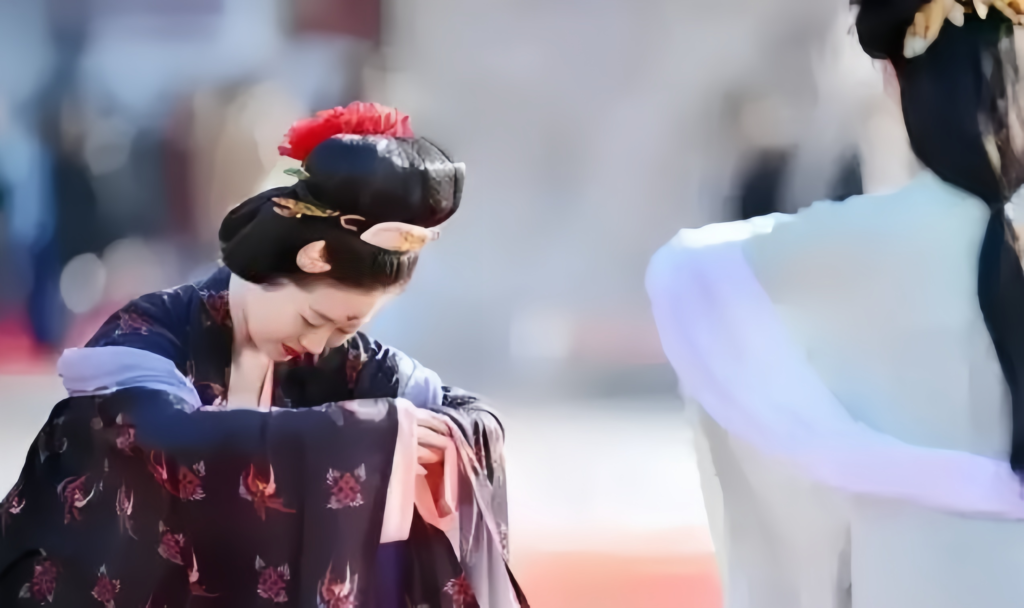
Responses